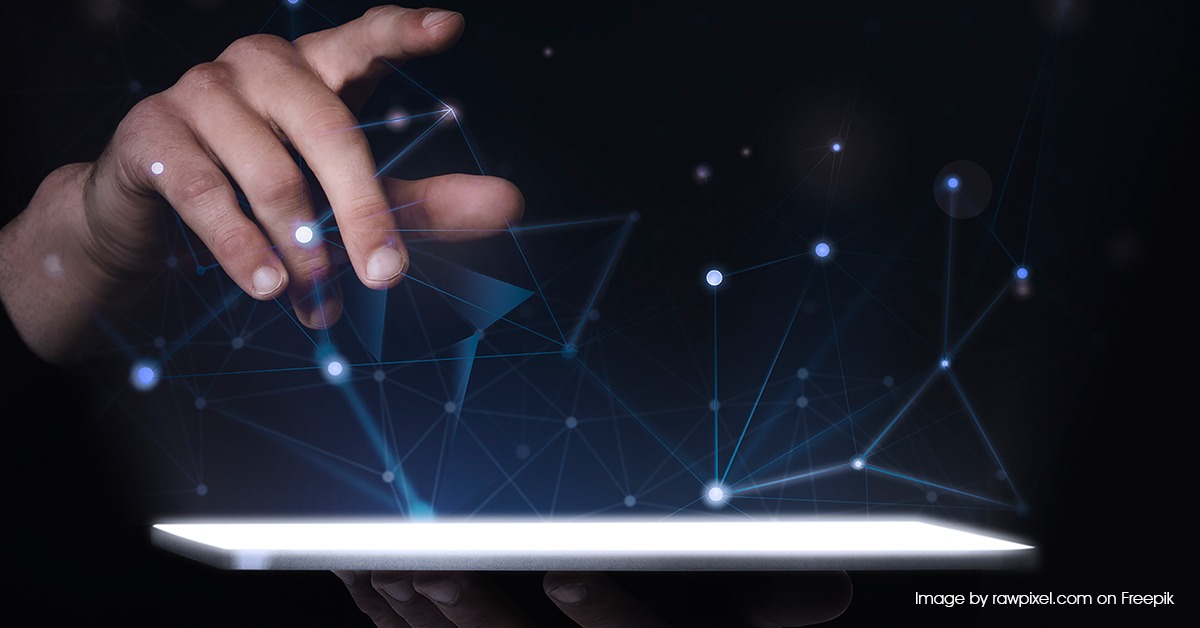What does ChatGPT mean for Data Analytics
- April 17, 2023
- Posted by: Aanchal Iyer
- Category: Artificial Intelligence

What does ChatGPT mean for Data Analytics
Introduction
One of the greatest inventions today no doubt is Chat GPT – the publicly available conversational chatbot. This bot is indeed a revolutionizing tool from Open AI. Let us look at what Chat GPT means for data analytics.
Data analysts continuously have to manage significant amounts of data while trying to identify patterns, insights and trends that can contribute to business growth. However, can Chat GPT help improve the data analysis process and help in developing valuable insights?
Read on to understand how Chat GPT can improve data analysis tasks and make the whole process of data analysis easy and efficient.
How Chat GPT Can Help?
To develop responses, Chat GPT depends on a huge amount of data which is pre-trained on different range of texts. This allows the chatbot to identify patterns and associations within language, enabling it to make predictions. Let us see how Chat GPT can help the data analysis process:
Natural Language Processing for Data Cleaning and Pre-processing
One of the most challenging tasks in data analysis is the cleaning and pre-processing of data. Chat GPT, has excellent Natural Language Processing (NLP) capabilities which can help:
- Recognize and rectify data entry errors, such as inconsistencies and typos.
- Access and structure appropriate information from unstructured text data.
- Automate the process of classification, data labeling, and sentiment analysis.
Generating Descriptive Analytics Reports
Chat GPT can convert raw data into easily understandable descriptions, making it the perfect tool for creating descriptive analytics reports. Chat GPT can:
- Summarize important patterns and trends in the data.
- Develop comprehensive reports that highlight important KPIs and metrics.
- Transform complex data visualizations into clear explanations.
Improving Exploratory Data Analysis
Exploratory Data Analysis (EDA) is a critical step in comprehending data, recognizing trends, and framing hypotheses. Chat GPT can assist in this process by:
- Suggesting possible correlations or hypotheses depending on the data.
- Offering guidance through the process of data transformation and feature selection.
- Creating insightful questions that prompt further analysis and investigation.
Helping in Predictive Modeling
Chat GPT lends its support to predictive modeling by:
- Helping select a suitable Machine Learning (ML) algorithm depending on the data.
- Providing guidance on optimization and parameter tuning.
- Developing human-readable interpretations of model outputs and making it easy to communicate results to non-technical stakeholders.
Restructuring Communication and Collaboration
Communicating and collaborating with team members and stakeholders is a crucial part of a data analyst’s job. Chat GPT can contribute to this process by:
- Generating summaries of analysis to support easy sharing.
- Converting complex technical terms into understandable language.
- Acting as a virtual assistant during meetings and quickly answering data-related questions.
Real Word Examples of Chat GPT
Following are some real-world examples of Chat GPT:
- A financial firm with the help of Chat GPT generates written explanations of stock price movements and financial trends, which makes it easier for stakeholders to understand the market dynamics.
- A retail company has used Chat GPT to evaluate customer reviews and track recurring themes and sentiments which has helped the company improve its services and products.
- A healthcare organization utilizes Chat GPT to cite suitable information from clinical notes which enables them to streamline patient care and make better-informed decisions.
Limitations of Using Chat GPT for Data Analysis
While ChatGPT is a powerful tool, it still has various limitations, such as:
- Chat GPT’s knowledge depends on the data that has been used to train the bot which may not cover the latest and niche topics.
- The model may sometimes generate reasonable-sounding but irrelevant responses.
- ChatGPT cannot completely replace domain expertise.
Conclusion
For data analysts, Chat GPT is an excellent tool that can facilitate better-informed decisions and help with more attention on crucial matters. However, one must use it carefully until it is fully comprehended, just as with any emerging technology.
